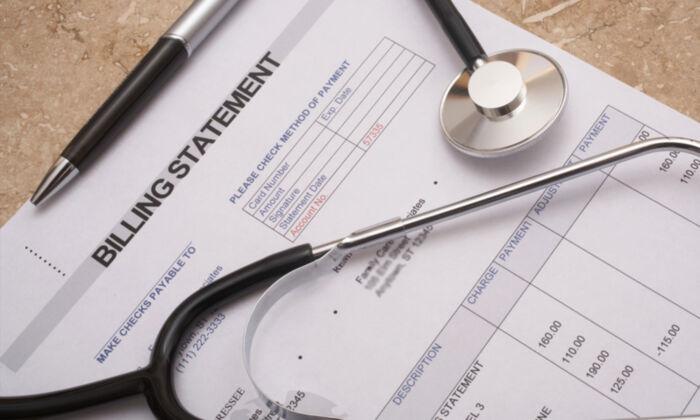In late March, the three major credit bureaus announced significant changes to how medical debt will affect Americans’ credit scores. On July 1, paid medical collections will disappear from Equifax, Experian and TransUnion credit reports. Previously, these could have remained for up to seven years. Also, unpaid medical collections will not appear on credit reports unless they’ve been in collections for at least a year (up from six months currently). And beginning next year, medical debts under $500 will no longer appear on credit reports.
How Medical Debt Affects People
The Consumer Financial Protection Bureau (CFPB) says that 43 million Americans have about $88 billion worth of medical debts on their credit reports. The agency adds that medical debt accounts for 58 percent of bills in collections.Many people with otherwise sparkling credit records are dragged down by medical debt. Having a debt in collections could easily trim 100 points off a strong credit score. That may not have been fair, explains CFPB director Rohit Chopra.
To Be Clear, These Changes Do Not Erase Medical Debt
It’s being treated differently by the credit bureaus, but you’re still responsible for paying it off (assuming the debt’s statute of limitations has not expired).A good tip is to negotiate a payment plan with the doctor or hospital. Many offer low- or zero-interest financing plans. Nonprofit hospitals are required by law to offer financial assistance or charity care to patients, and more than half of U.S. hospitals qualify as nonprofits. It’s worth a try—the worst they can do is to say no.
A personal loan could be a suitable backup plan since those interest rates can be as low as 5 percent if you have good credit.
Nonprofit credit counseling is another option worth considering. One of the nation’s largest nonprofit credit counseling agencies, Money Management International, offers debt management plans with similar interest rates. An advantage is that you don’t need a top-notch credit score to qualify.
What Else You Should Know
The credit bureaus’ new ways of reporting medical debt are reminiscent of some other relatively recent changes in the credit reporting industry. Within the past few years, the bureaus removed almost all public records from credit reports. Examples include tax liens and collections resulting from library fines and traffic tickets. Like medical debts, these are often one-off scenarios that don’t follow the same pattern as monthly loan payments.In other words, your credit score is meant to be a numerical representation of how likely you are to repay a lender. Paying your monthly credit card, car loan, or mortgage bill on time feels like a much better apples-to-apples comparison than repaying a medical bill that may have been an isolated event involving a life-or-death situation (and possibly an insurance mix-up as well).
The Bottom Line
The new ways of assessing medical debt should lift tens of millions of Americans’ credit scores. It’s always a good idea to check your credit reports regularly to make sure everything is accurate. Especially if you have one of the types of medical debt that should disappear on July 1, make a note to check your credit reports on or shortly after that date.A good, free resource is AnnualCreditReport.com. It’s providing free weekly reports from all three major bureaus through the end of the year. If anything looks incorrect, file a dispute with each bureau that’s reporting the errant information. Your credit score is one of the most important numbers in your financial life, so it’s important to protect it.







Friends Read Free